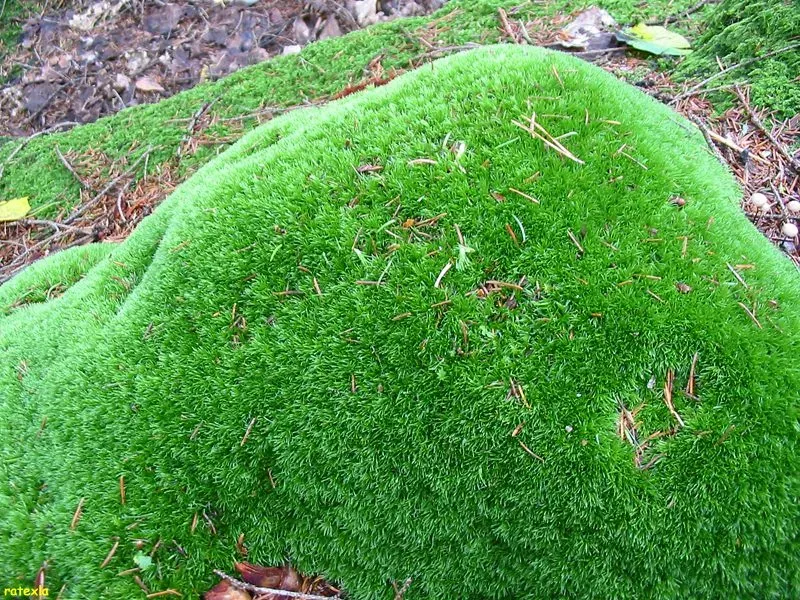
3576885972_6af80846b4_c.jpg from: https://terrariumcreations.com/leucobryum-glaucum-moss-in-terrariums-care-guide-to-help-your-moss-thrive/
Exploring the Fascinating World of Leucobryum tahitense Ångstr. Moss
Introduction
Mosses are often overlooked, but they play crucial roles in ecosystems around the world. One particularly interesting species is Leucobryum tahitense Ångstr., a moss in the Leucobryaceae family, commonly known as Leucobryum. In this blog post, we’ll dive into the captivating world of this unique moss and explore its morphology, distribution, habitat, and ecological significance. Get ready to be amazed by this tiny but mighty plant!
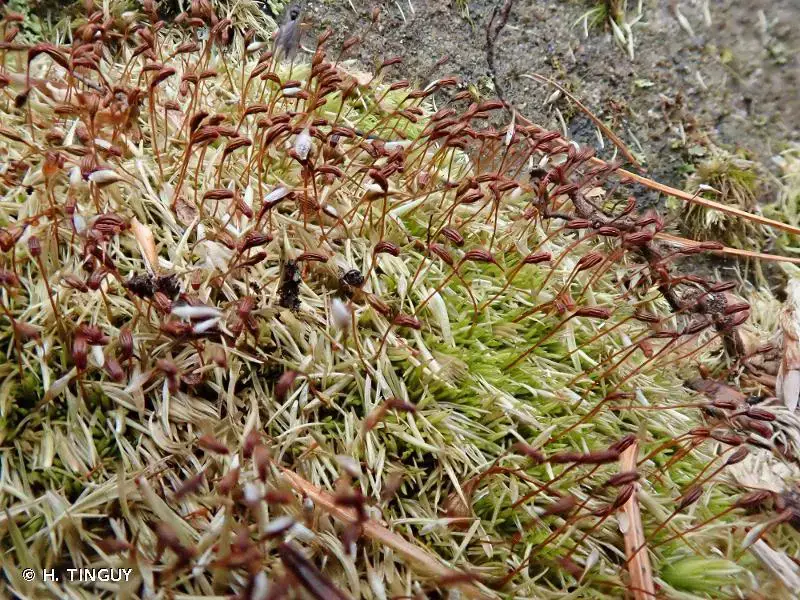
402733.jpg from: https://inpn.mnhn.fr/espece/cd_nom/4770
Background on Mosses
Before we focus on Leucobryum tahitense specifically, let’s review some background on mosses in general. Mosses are non-vascular plants in the division
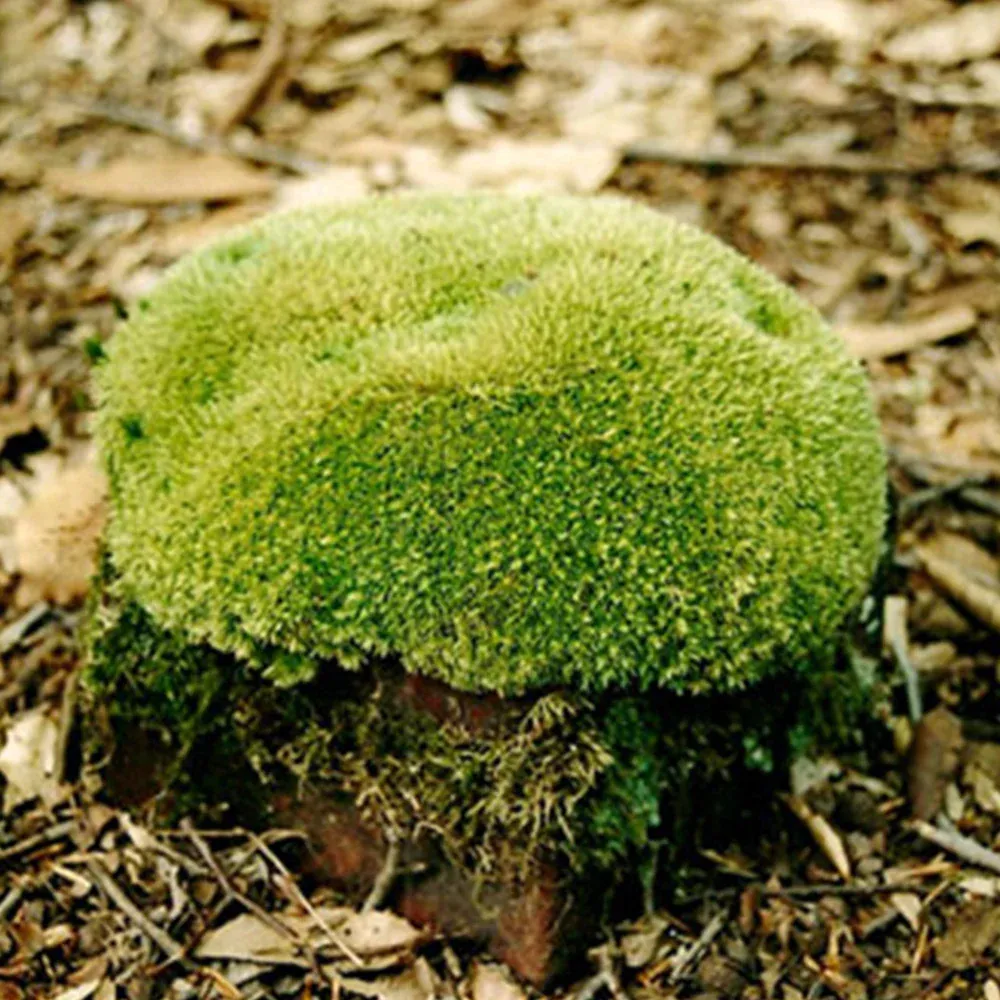
cushion-moss-clump-1000sq_1024x1024@2x.jpg from: https://mossacres.com/collections/mosses-for-shade/products/cushion-moss-clumps
Bryophyta. They lack true roots, stems, and leaves, instead having structures that serve similar functions. Mosses reproduce via spores rather than seeds and are found in a wide range of habitats, from arctic tundra to tropical rainforests. There are over 12,000 species of moss described by science.
Morphology and Identification of Leucobryum tahitense
Leucobryum tahitense Ångstr. is a robust moss that forms dense cushions or tufts. Its leaves are lanceolate (lance-shaped) and have a characteristic whitish or glaucous appearance due to the presence of specialized hyaline cells that aid in water storage. The leaves are also
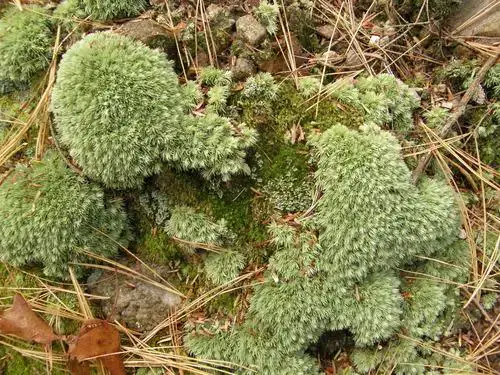
medium.jpg from: https://www.inaturalist.org/taxa/164650
falcate-secund, meaning they curve to one side in a sickle-like shape. Capsules are ovoid to cylindrical
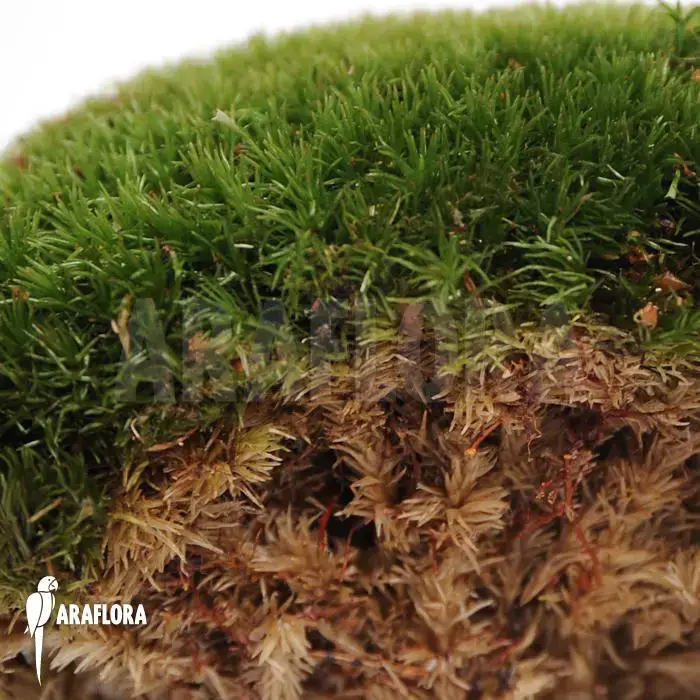
Leucobryum-glaucum_Cushion-moss_-2.jpg from: https://www.araflora.nl/p2494/kussenmos_krat_m_leucobryum_glaucum
and borne on tall setae (stalks).
Key identification features of L. tahitense include:
- Whitish or glaucous leaves
- Falcate-secund leaf arrangement
- Lanceolate leaf shape
- Ovoid to cylindrical capsules on tall setae
Global Distribution and Habitat
Leucobryum tahitense is native to the islands of French Polynesia, specifically Tahiti, after which it is named. It is found in montane forests at elevations of 600-1000 meters. The moss grows on tree trunks, branches, and logs in humid, shaded environments.
While L. tahitense has a limited native range, other species in the genus Leucobryum are found around the world, particularly in tropical and subtropical regions. They generally prefer acidic substrates like decaying wood, peat, or humus-rich soil in forests.
Ecological Roles and Adaptations
Like other mosses, Leucobryum tahitense plays important ecological roles:
Water retention: The specialized hyaline cells in the leaves allow the moss to absorb and retain water, helping to regulate moisture in its environment.
Nutrient cycling: As the moss decomposes, it releases nutrients back into the ecosystem, supporting the growth of other plants.
Habitat provision: The dense cushions formed by L. tahitense provide microhabitats for small invertebrates and other organisms.
Substrate stabilization: By growing on trees and logs, the moss helps to stabilize these substrates and prevent erosion.
Leucobryum mosses have several adaptations that allow them to thrive:
- Hyaline cells for water storage and retention in the leaves
- Thick cell walls that provide structural support and prevent water loss
- Rhizoids that anchor the moss to its substrate
- Tolerance of acidic conditions and low nutrient availability
Conclusion
Leucobryum tahitense Ångstr. may be small, but it is a fascinating and ecologically important moss. Its unique morphology, limited distribution, and ecological roles make it a compelling species to study and appreciate. Next time you’re in a humid montane forest in Tahiti, take a closer look at the trees and logs – you might just spot this amazing moss! What other secrets do you think the world of mosses holds?